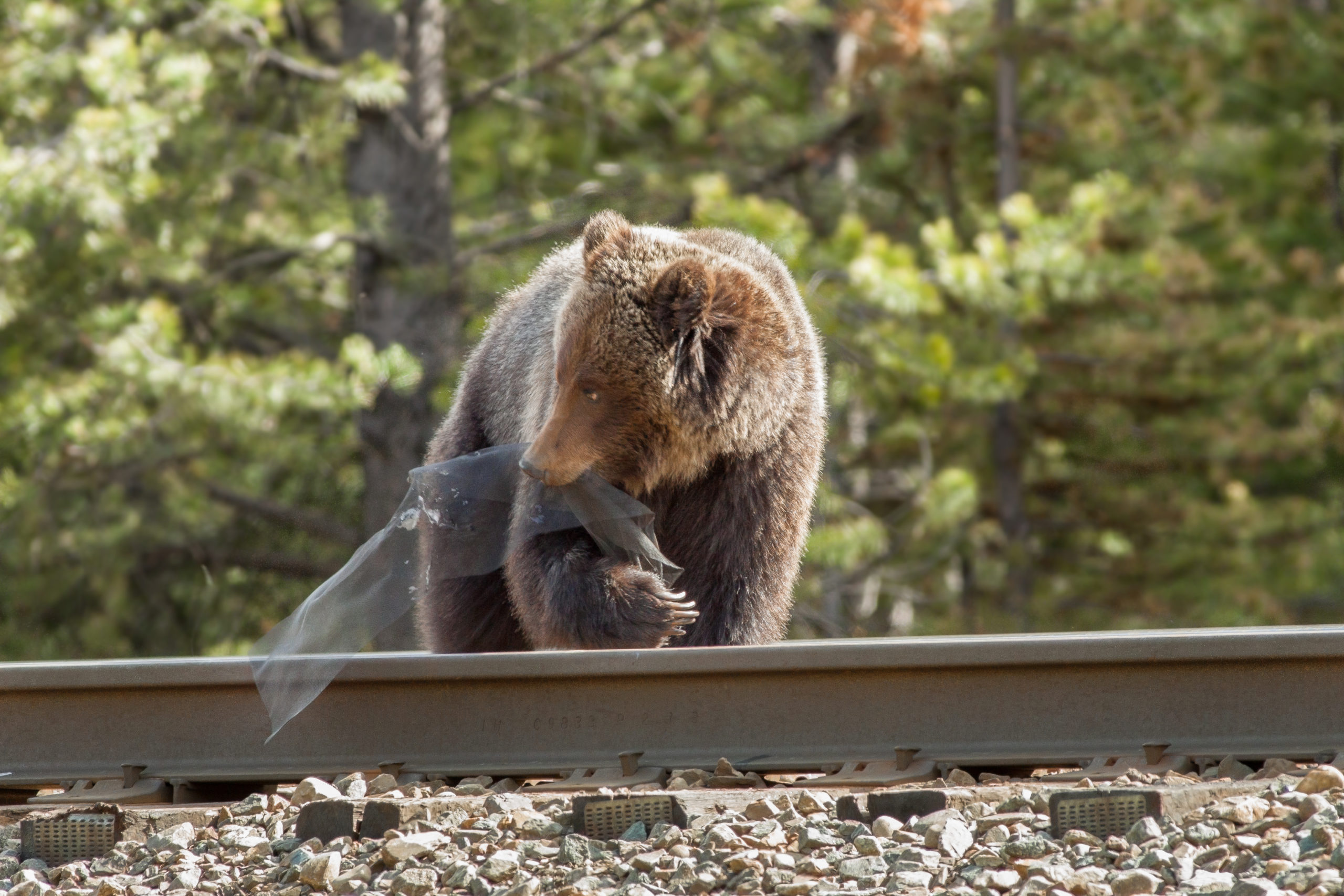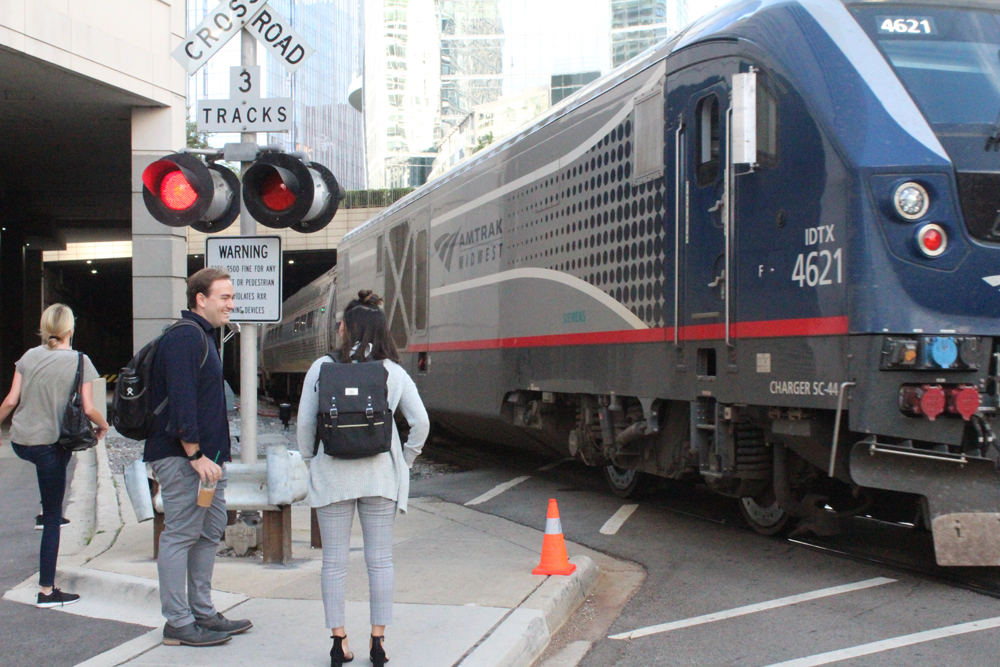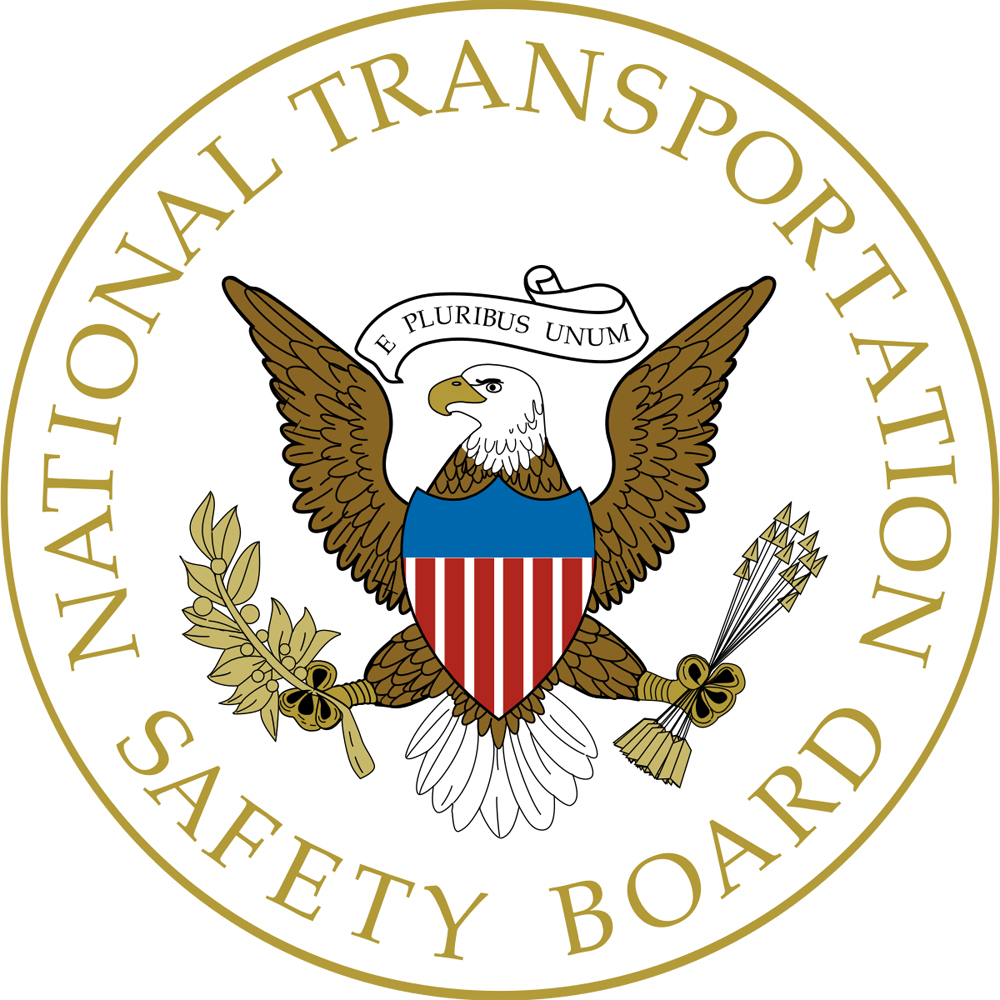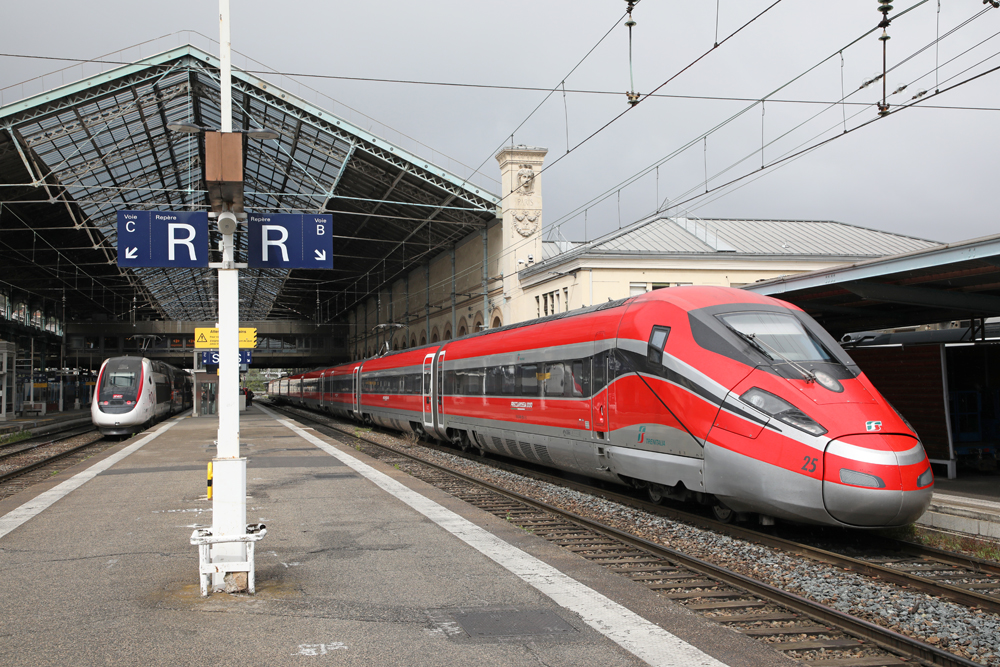“It warns bears that a train is coming just like crossing signals warn humans that a train is approaching,” says University of Alberta Conservation and Science Professor Colleen Cassady St. Clair.
The CP has been running trains through the mountains of Alberta and British Columbia since the 1880s, before Banff and Yoho National Parks were even created. While grizzlies and trains co-existed peacefully for decades, Park officials started to notice a sudden increase of fatal bear strikes in the early 2000s. Since 2000 there has been at least one bear killed along the tracks in the parks every year, a stark contrast to the previous 15 years where there were no recorded deaths. In 2010, CP and Parks Canada agreed to study the issue and start to look for solutions. The railroad and the federal government each contributed more than $1 million to fund a number of studies by Parks Canada staff and researches at the University of Alberta and University of Calgary.
Researchers tracked at least a dozen bears with GPS radio-collars to see where the grizzly bears traveled within the park and determine why they were spending more and more time along the railroad. St. Clair says she believes a number of factors have led to the increase in bear fatalities. But shelve any Yogi Bear and Ranger Smith quips, food is a real attraction — specifically grain spilled by passing trains.
The animals also like to eat plants and berries that thrive at the edge of the thick brush along the tracks. Grain and vegetation likely became more important as a source of food for the bears in the early 2000s when Parks Canada dispersed a large herd of elk — another important food source for bears — around the park because of overgrazing and increasing conflicts with humans. Increasing park visitation — more than 3.6 million people visited Banff National Park between April 2014 and March 2015, a 15-year high — has also sent bears looking for more secluded travel routes like the railroad tracks.
When Europeans first arrived in Western Canada, there were an estimated 25,000 grizzly bears in British Columbia, but today there are about 15,000. In the continental United States, their numbers have dropped even further to about 1,800, mostly in Wyoming and Montana. Trains hitting grizzly bears along Glacier National Park was a major issue for Burlington Northern in the 1980s and early 1990s after a number of grain train derailments. The railroad teamed up with the U.S. Fish and Wildlife Service, Montana Fish Wildlife and Parks, the National Park Service and other local stakeholders to create the Great Northern Environmental Stewardship Area to find ways to reduce bear fatalities. BNSF Railway spokesperson Ross Lane tells Trains News Wire that the program has been successful and the railroad works hard to pick up spilled grain and reduce brush along the tracks that may attract bears. The railroad also installs motion detectors at the end of the trestles that when set off, produce a high-pitched sound and flashing lights to keep away bears and other wildlife. The detectors are aimed in a manner so that they do not go off when a train is crossing the bridge.
University of Alberta graduate student Jonathan Backs has developed a similar tool to alert bears and other wildlife of oncoming trains. The “wildlife warning system” is a network of small boxes that are attached to the side of the rail with a flashing light and bell sound that are activated when a train is approaching. The system is activated by vibrations and changing magnetic fields. Backs tells Trains News Wire that the purpose of the system is not to scare the bears, but rather alert them of the oncoming train. The first systems were installed around Banff in 2016 in areas that were known to be popular with the bears and other animals. They also set up trail cameras to watch the warning system and its surroundings to see if it actually works. Backs says they are still trying to go through all of the photos that have been gathered but that they have seen some instances where bears appeared to get off the tracks before a train arrived because of the alert.
“The data looks promising,” he says. If the researchers can demonstrate that the system works, Backs is optimistic that it could be used elsewhere.
Joe Van Humbeck, environmental assessment manager for CP, says the wildlife warning system has been a great step forward for the railroad and that it is considering installing more, if they can make a more durable version. Van Humbeck says the boxes have to have batteries replaced frequently and have to be removed for trackwork.
However, the wildlife warning system boxes are just one way CP is trying to help the bears, Van Humbeck says. In recent months, the railroad has cut brush in some areas and cleared better escape paths for the animals — often when a bear sees a train they run toward the path of least resistance, which usually means right down the track away from the train, not realizing that it cannot outrun a speeding train. The railroad is also using a vacuum truck to pick up spilled grain.
Van Humbeck says reducing the number of bear fatalities is important to CP because of its long relationship with Banff and Yoho National Parks.
“We want to be good corporate citizens,” Van Humbeck says. “We are one of Canada’s oldest companies, running trains through some of Canada’s oldest national parks — parks that we helped establish — and the grizzly bear is one of Canada’s most iconic animals. We’re doing this because it’s the right thing to do.”















Millions for one bear a year, maybe no guarantees they won’t ignore the new warning sounds. They can ignore a horn or a bell from oncoming trains….
Boo Boo,I think these guys are onto us.Where is Ranger Smith?
The track should not look to be open for straight for running but should have stiff spring blades in a V pattern that lead out to the sides. The blades should be high enough to a bear’s eyes that they will go aside and not see an open right of way ahead, but the railroad engines and cars would ride over them as they spring down.
We fool the cows a cattle guards and we should be able to fools the dumb bears. It would take some very resilient spring material to withstand the beating a train would do riding over the “fake weed”.
News flash! As a result of many inquiries on the Trains Newswire, the Canadian Parliament is considering the Bear Welfare Act of 2017. Among the items being considered is the cost of food for this program in addition to providing healthcare and contraceptives in the event of an increase in the bear population. A program called Operation Bearsaver is at the forefront of their plans. Seemingly the only item of contention at this time is whether or not to include Donuts in each basket, EH?
Realizing they have only fifteen thousand years to act, Parliament is fast-tracking this legislation.
Ain’t government wonderful?
You know you’ll have a win-win situation when eventually you’ll see papa bear Mama Bear and all their cubs sitting politely beside the tracks waiting for the next train with food for all
Okay I’ve slept on it I have a great idea! Equip every lead locomotive with a telescoping Pole holding a picnic basket with a hook. When a bear is sighted extend the pole and drop the picnic basket beside the bear. Eventually the Bears will get the idea.
GREAT COMENTS by ALL
2017 plus 15000 bears @ one bear per year equals the year 17017. I figure they shouldn’t have to start worrying about the Bears running out until the year 16925 or so. Plenty of time!
However if two bears a year get killed they’ll have to speed up the rescue effort because they’ll completely run out of bears by the year 9517.
Please don’t ask me to explain this latest calculation too.
Mr. Henry
Please show your calculations.
Bruce Matthews is on to something. Lo, the days of strings of howling GP and SD40s in the Alleghenies are long gone. The trains are indeed much quieter now. Alas.
Maybe tighter grain cars would help.
A million-dollar study for one Dead bear every year? Canadians are getting stupid as Americans, eh?
At this current rate of attrition, I calculate Canada should run out of bears, assuming current reproduction levels remain static,by the year 17017. Now there’s a crisis requiring immediate attention!!
I wonder if someone has mentioned to these folks the arrival of the GE AC units started in 1995. Personally, I cannot believe how much quieter these units are compared to the previous SD40-2’s. The bears might just not be hearing the trains arrive soon enough to step out of the way.